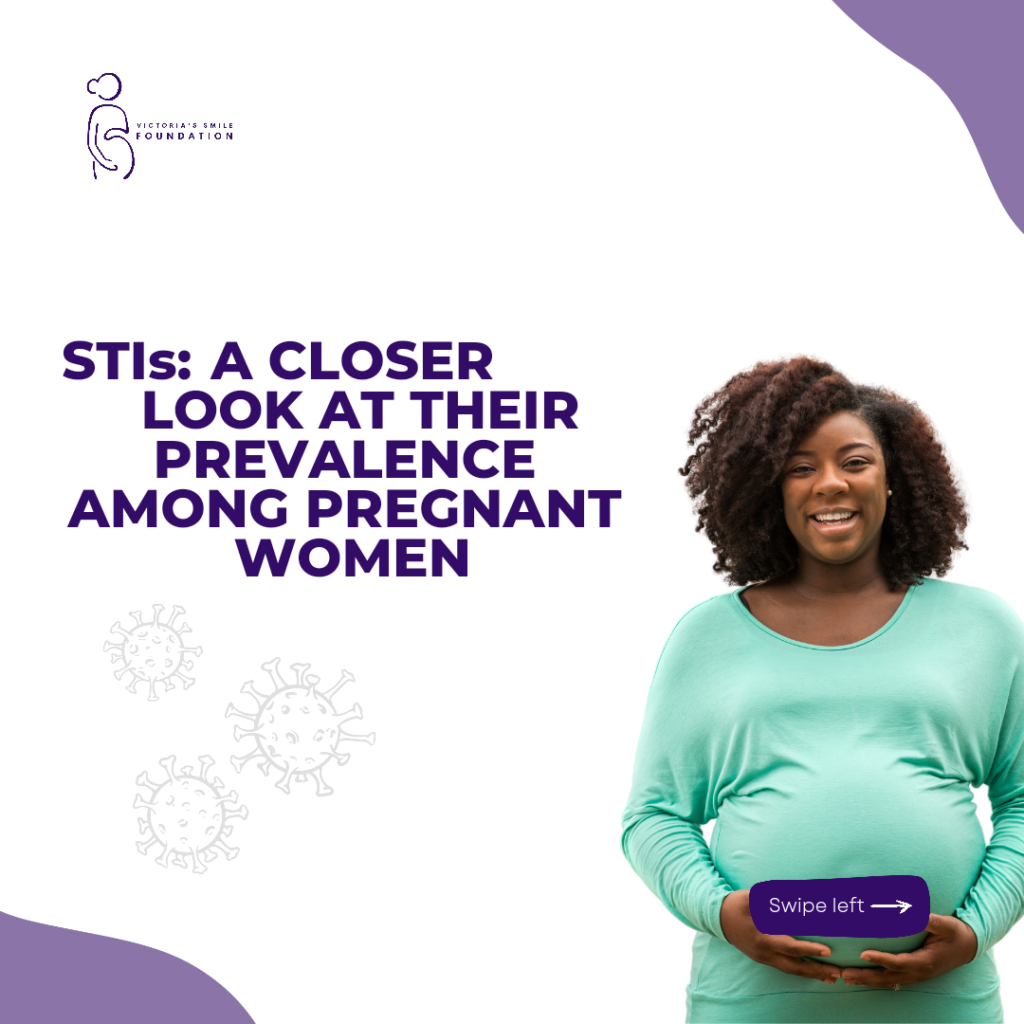Greetings, wonderful readers! We’re delighted to be back with you once more. Today, we will continue our exploration of the captivating topic: Multiple Pregnancies. We’re here to shed light on more of your burning questions about this unique experience.
Do you need to increase your weight during a multiple pregnancy?
Expectant mothers carrying more than one bundle of joy should anticipate gaining more weight compared to those carrying a single fetus. You’ll need an additional 300 calories per day for each baby. For instance, if you’re expecting twins, you should aim for an extra 600 calories daily. However, for triplets and beyond, it’s crucial to consult your obstetrician-gynecologist (ob-gyn) to determine the appropriate amount of weight gain for your specific pregnancy.
Is exercising advisable during a multiple pregnancy?
Staying physically active is essential for your overall well-being during a multiple pregnancy, although you may need to steer clear of strenuous workouts. Opt for low-impact exercises like swimming, prenatal yoga, or brisk walking. Aim for a moderate 30 minutes of exercise each day. In some cases, if complications arise during your pregnancy, your ob-gyn may recommend that you refrain from exercise.
What to expect during prenatal care for multiple
Prenatal care will likely involve more frequent visits to your ob-gyn. Starting in your second trimester, you may undergo ultrasound exams every 4 to 6 weeks. If any concerns arise, you might undergo additional tests or more frequent ultrasound examinations.
What is the most prevalent complication in multiple pregnancies?
The most common complication in multiple pregnancies is preterm birth, with more than half of all twins being born prematurely. Triplets and higher-order multiples are almost always born prematurely.
What are the risks associated with monochorionic twins?
Monochorionic twins who share the same placenta, face a higher risk of complications than those with separate placentas. One such complication is twin-twin transfusion syndrome (TTTS), where blood flow between the twins becomes imbalanced. One twin donates blood to the other, resulting in one twin having too little blood and the other having too much. The timing of TTTS in the pregnancy significantly impacts the outcomes for both babies.
While monochorionic-monoamniotic pregnancies are rare, they are considerably risky. The most common issue is related to the umbilical cord. Women with this type of pregnancy typically receive more frequent monitoring and are more likely to have a cesarean section.
How does a multiple pregnancy affect the risk of preeclampsia?
Preeclampsia, a blood pressure disorder typically occurring after 20 weeks of pregnancy or post-childbirth, is more prevalent in multiple pregnancies compared to singleton pregnancies. Moreover, it often manifests earlier and with greater severity in multiples.
Preeclampsia can harm various organs in your body, including the kidneys, liver, brain, and eyes. In cases where preeclampsia worsens and leads to seizures, it’s referred to as eclampsia. When preeclampsia emerges during pregnancy, it may necessitate the immediate delivery of the babies, even if they haven’t fully developed.
That’s all for today, folks. Join us next time as we conclude our discussion on Multiple Pregnancies.



